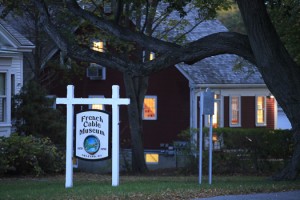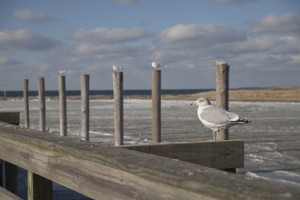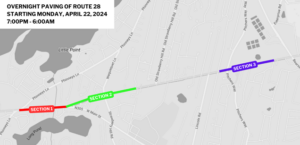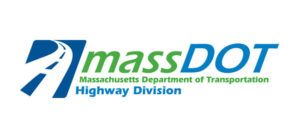 Cape Cod features no shortage of interesting offerings for even the most discerning of history buffs.
Cape Cod features no shortage of interesting offerings for even the most discerning of history buffs.
First Encounter Beach is the site of the first meeting between Native Americans and the Pilgrims prior to their settling in Plymouth and then there’s Marconi Maritime Center on the site of the first transatlantic wireless signal from the United States to England.
You could visit the Hoxie House in Sandwich, believed to be one of America’s oldest homes, or the Pirate Museum in Yarmouth, home to artifacts from the historic 1717 sunken Whydah pirate ship.
There are a great number of historically significant sites on the Cape, including the French Cable Station Museum in Orleans.
The station itself was built in 1891 and it became the American termination point for a telegraph cable that came directly to Orleans from France. It was called “Le Direct” – the direct cable.
They actually ran a cable, a 3,174 mile long cable, all the way from the shores of France to Orleans as a means of enabling communication between the French and the Americans.
As a result of the cable station, Cape Codders were the first in the know during some of the most interesting and exciting times of the early 20th century. The station disseminated the latest news from Europe to the rest of the United States.
During World War I, for example, General Pershing in France communicated with the U.S. Government through the Orleans Cable Station. In 1927 the message that Charles Lindbergh had landed in Paris, thus completing the first solo transatlantic flight, and the first non-stop flight between North America and mainland Europe, came through this Orleans station from France before the news was then relayed to the rest of the country.
The facility remained in operation until 1959 except for a few years (1940 to 1952) during WWII when it was closed for security reasons. Then, in 1972, the station was purchased from France by a committee of 10 prominent Orleans citizens who raised the money and guaranteed a loan with their own personal assets. They opened it to the public later that year as a museum, and it’s still open.
You can still tour the historic facility; see the Superintendent’s office featuring news clippings of prominent transmissions and artifacts on loan from the Smithsonian Institute.
There’s the Tasting and Repair Rooms with original equipment including a Heurtley Magnifier used to amplify the weak signal coming from France. It was developed before there were vacuum tubes, and there are only three in existence in the world today.
In the Operations Room you will enter the heart of the cable station. This was where the messages from France were received, recorded, and re-transmitted to rest of the country. Most of the equipment still functions and can be demonstrated, and you can view an original Tiffany and Co. Wooden box containing a sample of the 1858 cable.
By CapeCod.com Staff
























